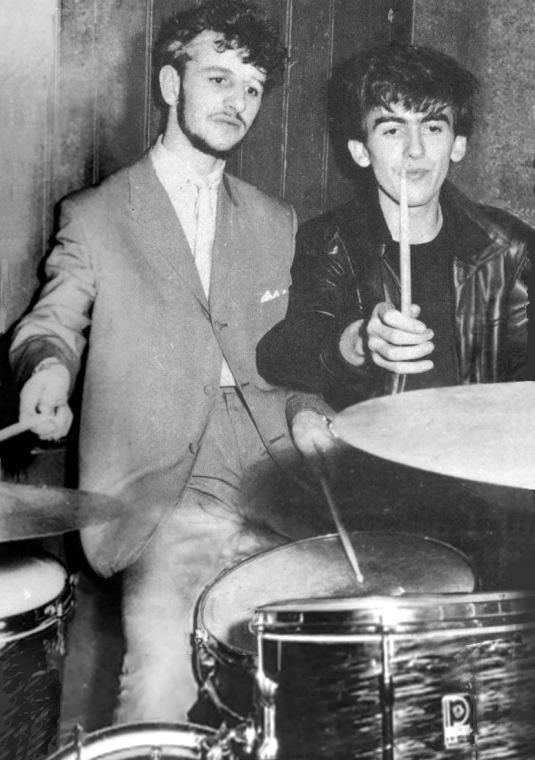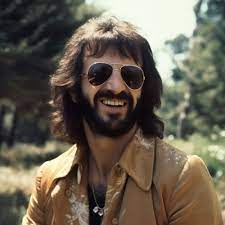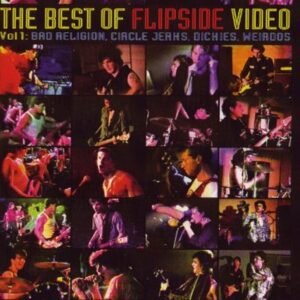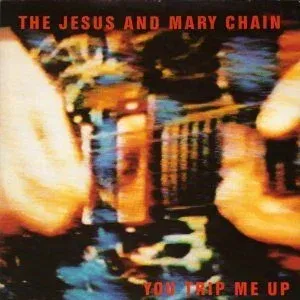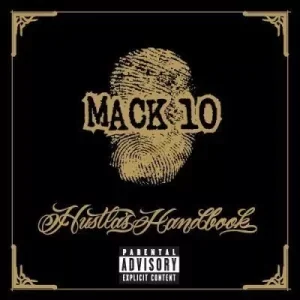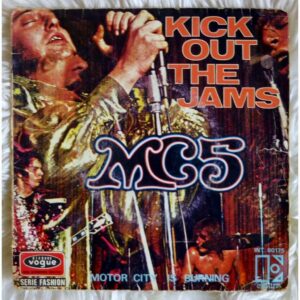Ringo Starr – Photograph
Description
“Photograph” is a song by English rock musician Ringo Starr that was released as the lead single from his 1973 album Ringo. Starr co-wrote it with George Harrison, his former bandmate from the Beatles. Although they collaborated on other songs, it is the only one officially credited to the pair. A signature tune for Starr as a solo artist, “Photograph” was an international hit, topping singles charts in the United States, Canada and Australia, and receiving gold disc certification for US sales of 1 million. Music critics have similarly received the song favourably; Stephen Thomas Erlewine of AllMusic considers it to be “among the very best post-Beatles songs by any of the Fab Four”.
The lyrics are a reflection on lost love, whereby a photograph is the only reminder of the protagonists’ shared past. Starr and Harrison began writing the song in the South of France in 1971, during a period when Starr was focused on developing his acting career. They first recorded “Photograph” late the following year, along with the single’s B-side, “Down and Out”, during the sessions for Harrison’s Living in the Material World album. The officially released version was recorded in Los Angeles with producer Richard Perry. It incorporates aspects of Phil Spector‘s Wall of Sound through the presence of multiple drums and acoustic guitars, as well as an orchestra and a choir. Aside from Starr and Harrison, the musicians on the recording include Nicky Hopkins, Bobby Keys, Jim Keltner, and Spector’s musical arranger, Jack Nitzsche. Starr made a promotional film for the single, shot at his and wife Maureen Starkey‘s home, Tittenhurst Park.
“Photograph” has appeared on Starr’s compilation albums Blast from Your Past and Photograph: The Very Best of Ringo Starr, and live versions have featured on releases recorded with his All-Starr Band and with the Roundheads. In November 2002, a year after Harrison’s death, Starr sang “Photograph” at the Concert for George – a performance that was an emotional highpoint of the event. Engelbert Humperdinck, Camper Van Beethoven, Cilla Black and Adam Sandler are among the artists who have covered the song.
Background and composition

Ex-Beatles Ringo Starr and George Harrison began writing “Photograph” on a luxury yacht in the South of France in May 1971. Starr had hired a yacht, the Marala, for the duration of the Cannes Film Festival, after attending Mick Jagger‘s wedding in St Tropez with his wife, Maureen Starkey. The Starkeys were then joined in France by Harrison and the latter’s wife, Pattie Boyd, for the Monaco Grand Prix. This period coincided with Starr’s first success as a solo artist, with the Harrison-produced single “It Don’t Come Easy“,[6] although he continued to focus on his career as a film actor, beginning with a role in Blindman (1971).
Another guest on the Marala was Cilla Black, singer and a friend of the Beatles since the 1960s. She recalled Starr and Harrison playing “Photograph” during an evening get-together, with “everyone on board” contributing ideas for the lyrics. As with Starr’s two singles over 1971–72, “It Don’t Come Easy” and “Back Off Boogaloo“, Harrison helped write the melody, although “Photograph” marked the first time that he was credited as a co-writer with Starr. In her autobiography, Step Inside Love, Black says she had hoped to record the song for a single later in 1971, only to be told by Starr: “No, it’s too bloody good for you. I’m having it myself.”
The lyrics to “Photograph” are centred around lost love, with the singer having only a single picture by which to remember his absent lover. The photograph reminds him of their former happiness together, while also enforcing the reality that “you’re not coming back any more”. Author Ian Inglis comments on the familiar subject matter in the conventions of pop songwriting, but identifies an atypical aspect in the lyrics’ “absence of any hope that love might be rekindled”. Starr expresses resignation at what the future holds, in the lines “Now you’re expecting me to live without you / But that’s not something that I’m looking forward to”.
The song is in the key of E, with what Inglis terms an “easy melody” that allows for Starr’s limitations as a singer. According to authors Roy Carr and Tony Tyler, Harrison’s “distinctive composing style” is particularly evident. Starr later said of Harrison’s role in their collaborations over this period: “I only know three chords and he’d stick four more in, and they’d all think I was a genius.”
Recording
Starr continued to pursue his film career until the end of 1972, while also participating in musical projects such as Harrison’s Concert for Bangladesh. Late that year, Starr and Harrison recorded an early version of “Photograph” during the sessions for Harrison’s Living in the Material World album. With Harrison producing, this recording took place at either Apple Studio in central London, or Harrison’s home studio, FPSHOT, in Oxfordshire.
Starr re-recorded the song in March 1973, while working at Sunset Sound Recorders in Los Angeles on Ringo, his first solo album in the rock or contemporary pop style. He later described Ringo as an “accidental album”, since it only came about because he was attending the Grammy Awards in Nashville, where The Concert for Bangladesh won the Grammy for Best Album of 1972. Keen to find another activity to justify the flight to the US, Starr arranged to record with American producer Richard Perry during the visit.
The recording engineer on “Photograph” was Bill Schnee, and author Simon Leng writes that Harrison helped “hew” the production. Along with Starr (on drums) and Harrison (12-string acoustic guitar), the other musicians included Nicky Hopkins (piano), Klaus Voormann (bass) and Jim Keltner (drums), all of whom had participated in the sessions for Material World.[43] In addition, Vini Poncia, Starr’s new songwriting partner, and session musician Jimmy Calvert played acoustic rhythm guitar on the Los Angeles recording.
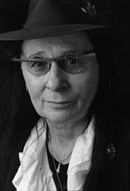
Overdubs on the basic tracks recorded for Ringo took place from April to July 1973. On “Photograph”, the additional instrumentation included a saxophone solo by Bobby Keys and percussion played by one of Harrison’s Apple Records signings, brothers Lon and Derrek Van Eaton. Harrison added harmony and backing vocals, supporting Starr’s lead vocal part.
Jack Nitzsche, Phil Spector‘s musical arranger for much of the 1960s, provided the song’s string and choral arrangements, which were overdubbed at Burbank Studios on 29 June. Aside from Nitzsche’s contributions, the recording incorporates aspects of Spector’s Wall of Sound production through the use of multiple rhythm guitars and drums, and prominent percussion such as castanets. Leng draws parallels between the “resonant arrangement” on “Photograph” and the production that Harrison adopted for Ravi Shankar‘s song “I Am Missing You“, an April 1973 recording that also included Starr on drums.
“Down and Out”
With “Photograph” selected as the album’s lead single, Starr chose “Down and Out”, a song written by him alone, for the B-side. Starr recorded the song in England, backed by Harrison, pianist Gary Wright and Voormann. The Harrison-produced session most likely took place in 1972, according to authors Chip Madinger and Mark Easter, during the same period as Starr and Harrison’s first attempt at recording “Photograph”.
“Down and Out” is a twelve-bar blues with what Starr biographer Alan Clayson describes as “perfunctory” lyrics. The recording includes solos from Harrison, on slide guitar, and Wright. Perry subsequently added a horn section, resulting in him being credited as co-producer of the track. Carr and Tyler dismiss “Down and Out” with the description: “a very mundane throwaway tune only saved from extinction by the professional arrangement and by Harrison’s distinctive slide-guitar solo”.
Release
Apple Records released the single on 24 September 1973 in America and on 19 October in Britain. Starr made a promotional film for “Photograph”, in which he mimed to the song while walking through the grounds of Tittenhurst Park, the Berkshire estate that he had recently purchased from former bandmate John Lennon. To circumvent the BBC‘s ban on lip-synching, Starr placed his hand over his mouth for part of the song, making it impossible to tell whether he was singing or merely miming. The single’s picture sleeve consisted of a photo by Barry Feinstein that showed Starr’s head poking through a large star made of silver foil. The same image, which author Bruce Spizer terms “the Ringo starfish”, appeared on the single’s face labels and on those of the Ringo LP.
The album’s release followed in November 1973, with “Photograph” sequenced as the third track, preceding the Harrison-written “Sunshine Life for Me (Sail Away Raymond)“. Opposite the printed lyrics for “Photograph” inside the album booklet, a lithograph by Voormann depicted a framed picture on a shelf or desktop, in which Starr looks dejectedly at a framed picture of a woman. In his personal life at this point, the album’s release coincided with the failure of Starr’s marriage, partly as a result of Harrison and Maureen conducting an affair. The friendship between the two former bandmates soon recovered, but Starr and Harrison did not officially write another song together after “Photograph”.
Commenting on the context in which Starr’s song of “beautiful sadness” was released in the United States, Clayson describes “Photograph” as having been a popular request on radio playlists “for a nation still awaiting the return of many of its sons from Vietnam, following the January cease-fire“. Rodriguez comments on the precipitous timing of the single, as it “capitaliz[ed] on the year’s nostalgia craze”, while news of Starr recording with each of his former bandmates during the Ringo sessions provided further impetus. In late November, “Photograph” topped America’s Billboard Hot 100 for one week. It was Starr’s first number 1 hit on that chart as a solo artist and Harrison’s third there as a composer since the Beatles’ break-up in 1970.
“Photograph” was also number 1 in Canada and Australia, while in Britain it peaked at number 8. In Rodriguez’s words, the single “did a good job of setting the table” for Ringo,.which also enjoyed considerable commercial success. On 28 December 1973, “Photograph” was certified gold by the Recording Industry Association of America, signifying US sales of 1 million. It was Starr’s second such award, after “It Don’t Come Easy”.
Reception
Record Mirror predicted a “giant smash” for the single, saying that listeners would be singing along with it “for the next ten years … at least”. The reviewer praised the way the arrangement built to include “jangling piano”, “booting sax”, choir and strings, yet with “nothing overdone so as to take away from the song”.[79] Cash Box described the single as a “moderate paced rocker with a strong blues feel and good vocal performance”. The reviewer said the song was “already one of the hottest records in the country” and predicted a top-five hit. Record World called it a “strong pop tune” with “solid Richard Perry production.”
In his album review for Rolling Stone, Ben Gerson highlighted “Photograph” as one of the “three most wonderful songs” on Ringo, along with the Lennon-composed “I’m the Greatest” and the Harrison–Mal Evans collaboration “You and Me (Babe)“. Gerson wrote that the song’s intro provided an effective “pull on the listener” and that, while the lyrics had a sorrowful quality, “the effect is warming”. Billboard‘s LP reviewer lauded Perry’s “stunning production” on “the best Ringo album ever”, adding: “We all know already that ‘Photograph’ has got to be a No. 1 single this month, right?”
Although less impressed with Ringo, Alan Betrock wrote in Phonograph Record: “It’s also clear when you reach ‘Photograph’ that Side One is the undisputed champ of the album. Jack Nitzsche has thrown in a lot of his past influences here, including the Famous School of Phil Spector castanets, lesson No. 2.” Betrock concluded: “‘Photograph’ is one of those rare pop records that grows stronger with each play, and will be covered and revived for years to come (I’ll lay you 50–1 it appears on the next Andy Williams album).”
Stephen Thomas Erlewine of AllMusic views “Photograph” as a “gorgeous collaboration” between Starr and Harrison, and a track that “ranks … among the very best post-Beatles songs by any of the Fab Four”. Robert Rodriguez describes it as “an elegantly produced ballad” and Starr’s “signature tune as a solo artist”. Rodriguez continues: “The ersatz Wall of Sound somehow managed not to swamp the lead vocal and Harrison harmony, while embodying the best qualities of the Beatles’ singles: hummable and familiar, yet fresh and enduring.” In his 1977 book The Beatles Forever, Nicholas Schaffner wrote of how the song’s “grand, sweeping arrangement” was reminiscent of Harrison’s “own recent cosmic productions”.
Author Elliot Huntley similarly recognises the extent of Harrison’s influence on this and other tracks on Ringo while rueing that “Photograph” was the only formal co-composition by the two ex-Beatles. Huntley describes the song as the album’s “stand-out track” and “by a country mile, the commercial high-point” for Starr as a songwriter. Former Mojo editor Mat Snow views it as “perhaps the single best song of [Starr’s] career” and the “emotional heart” of the album.



